Image Archive



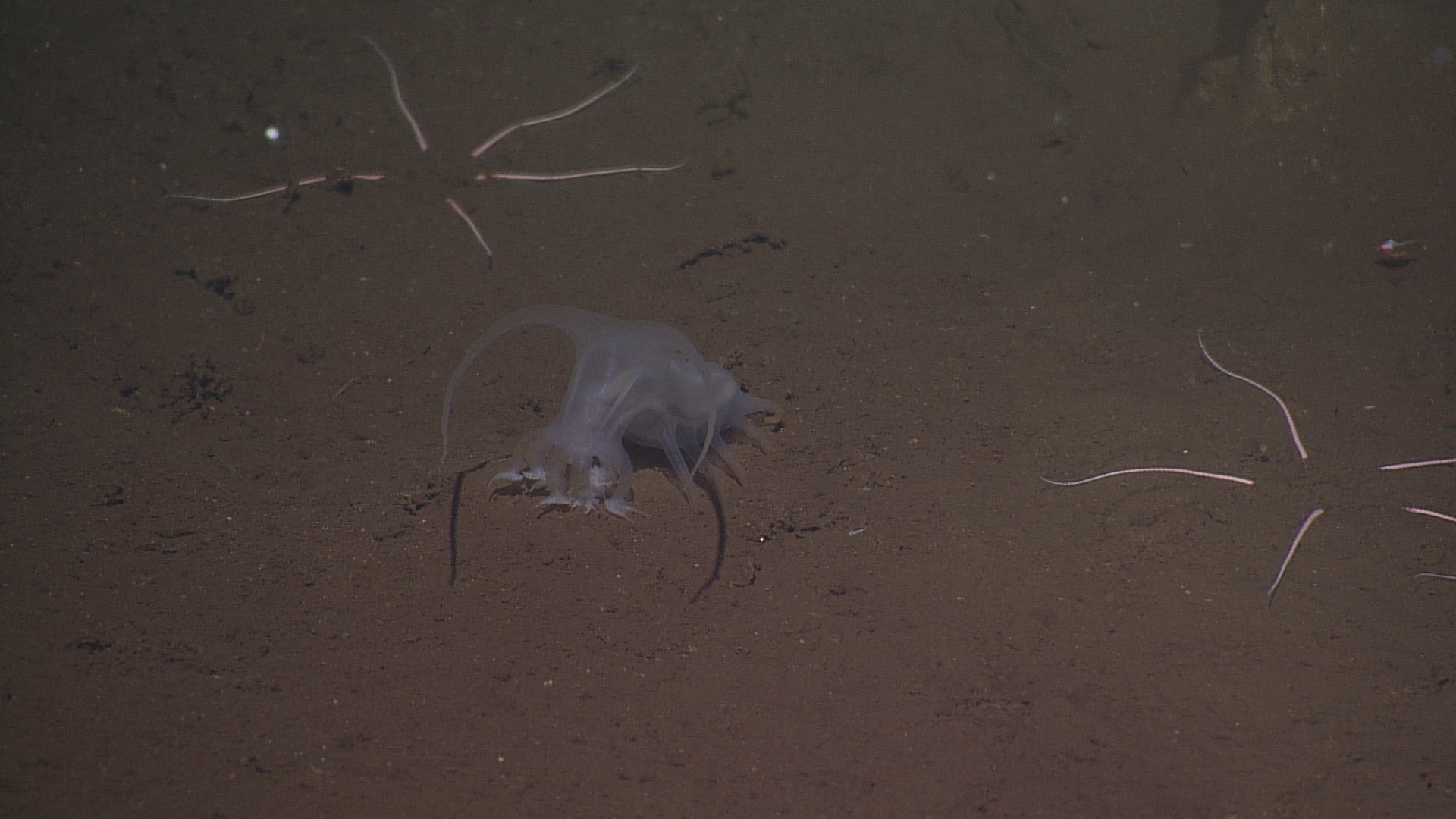




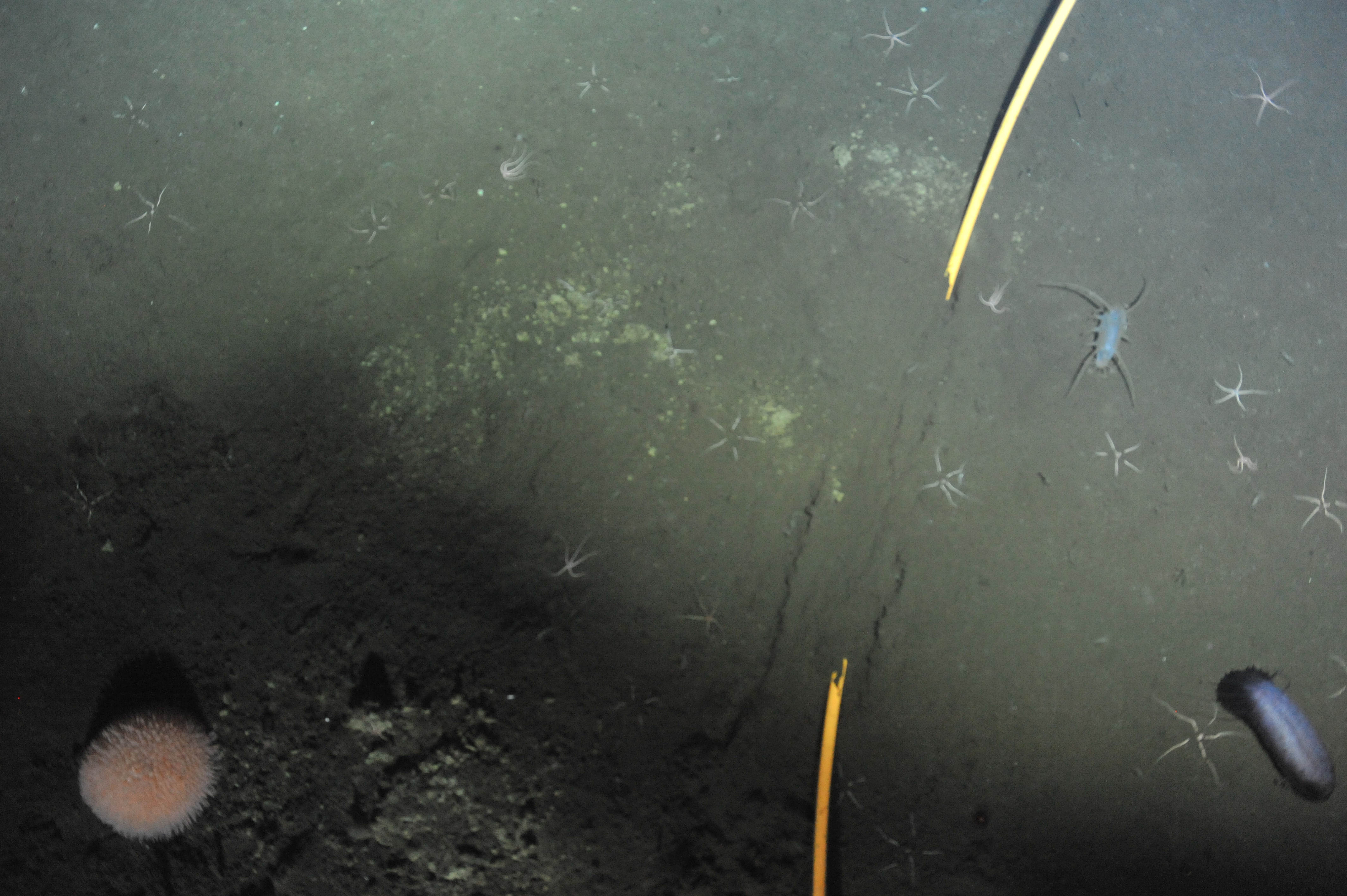
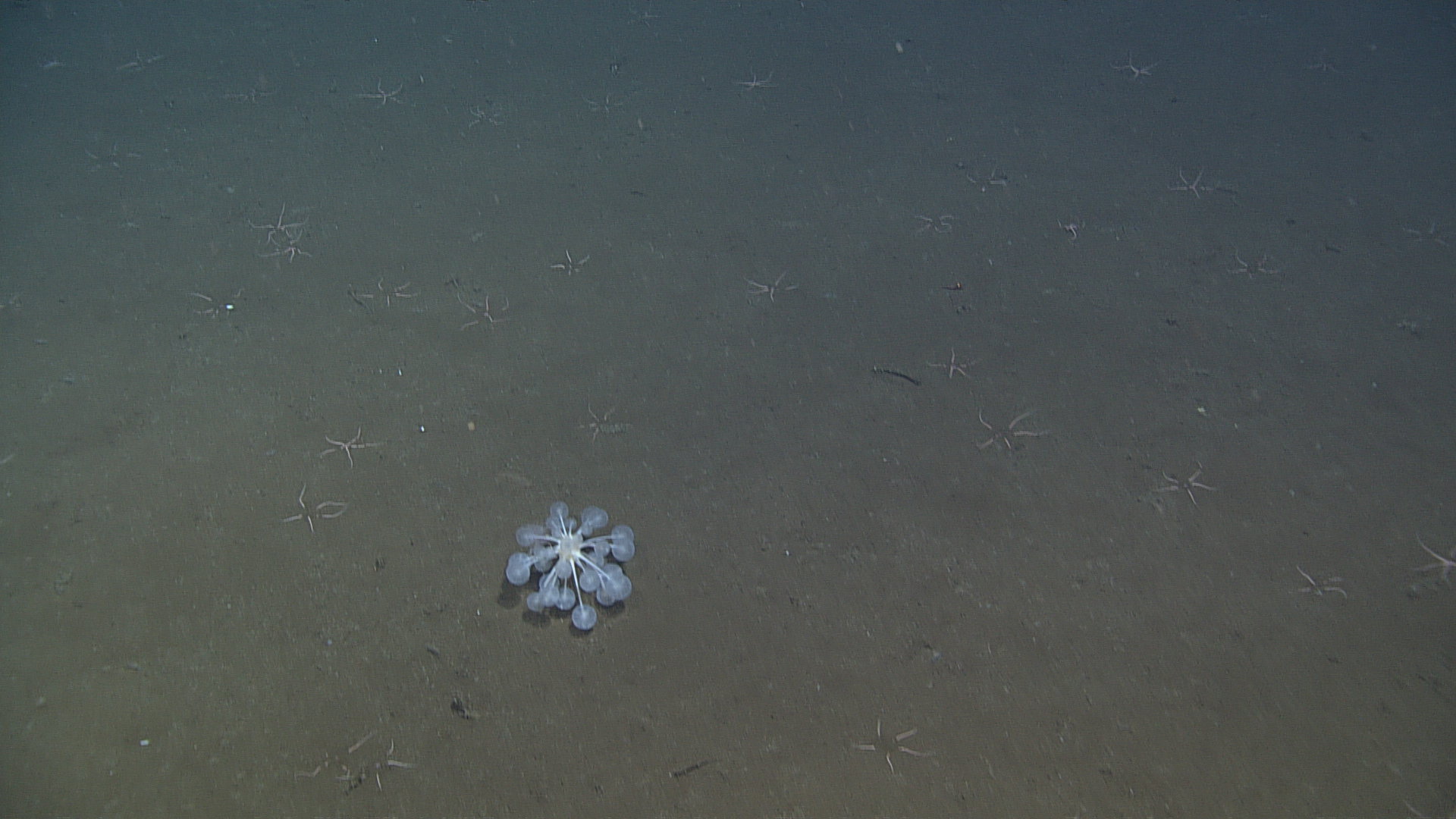
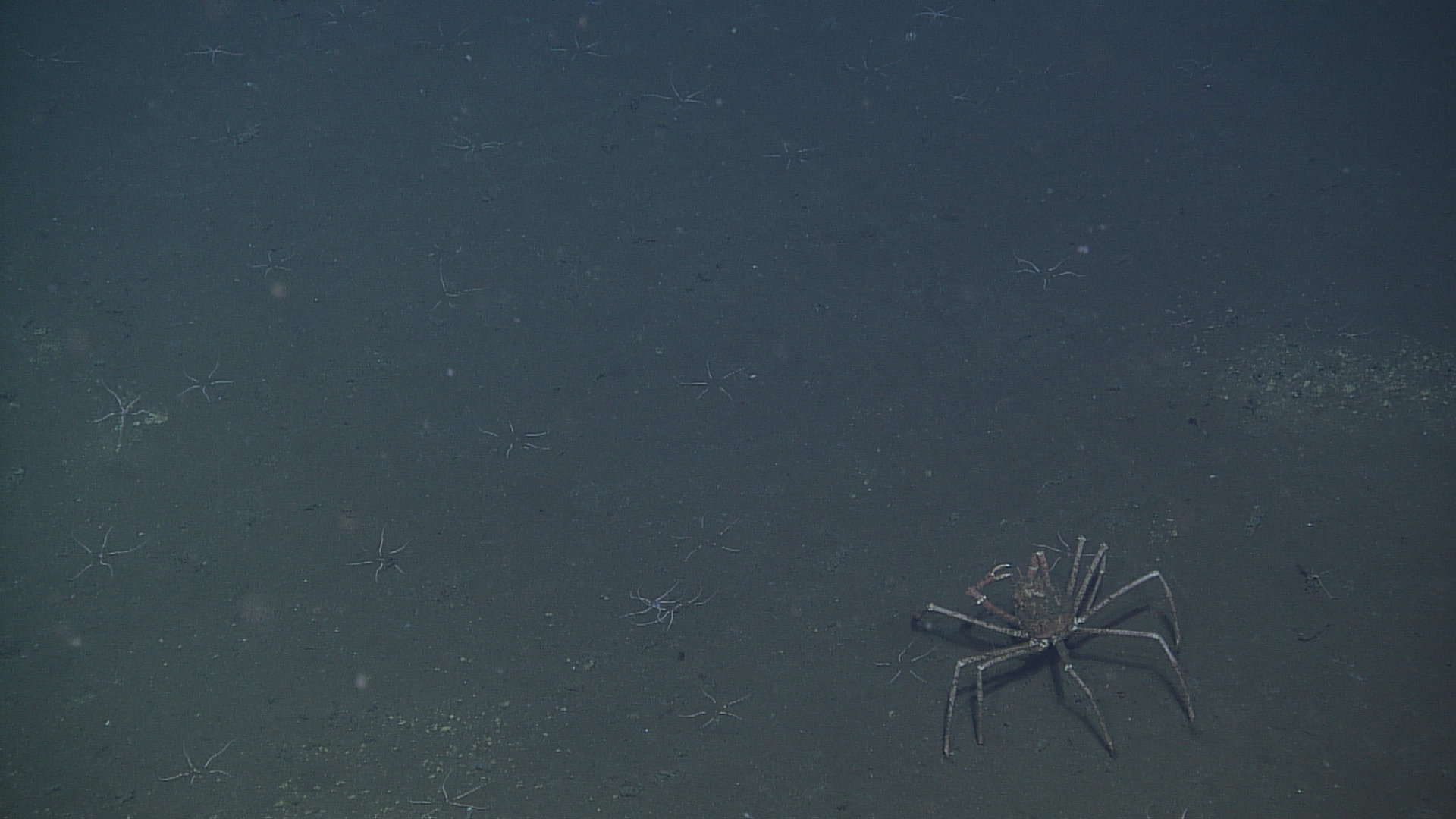

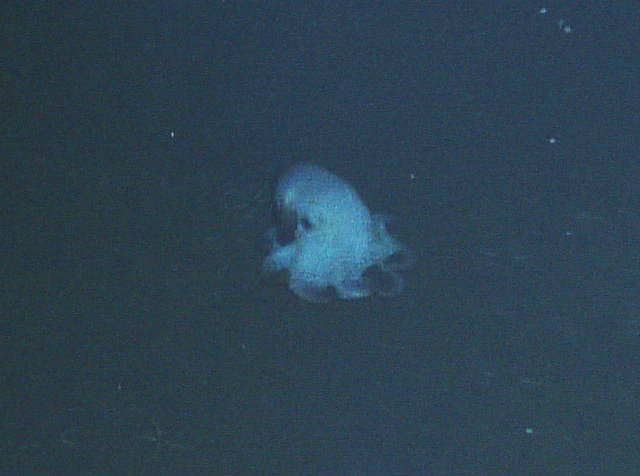
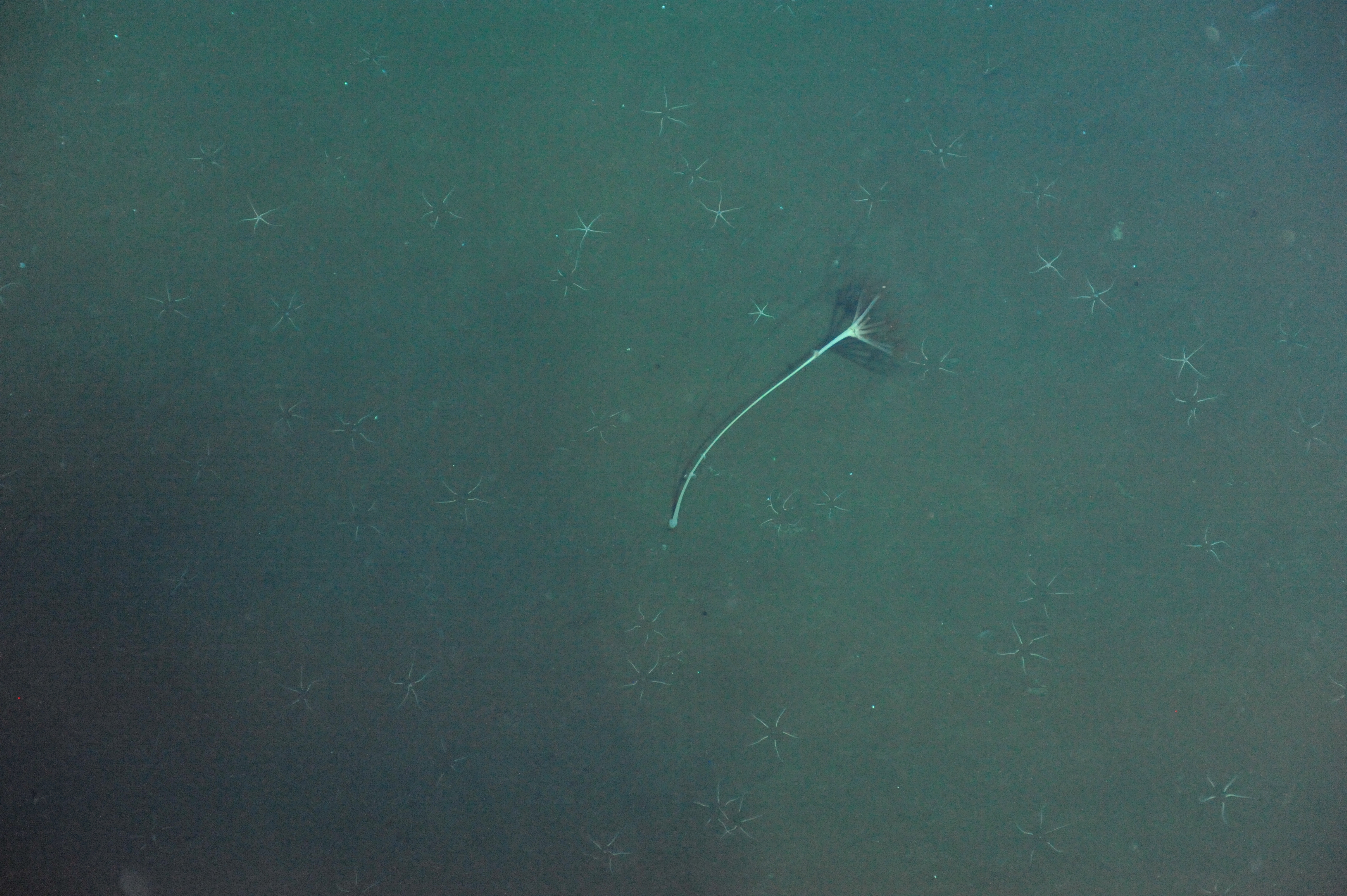
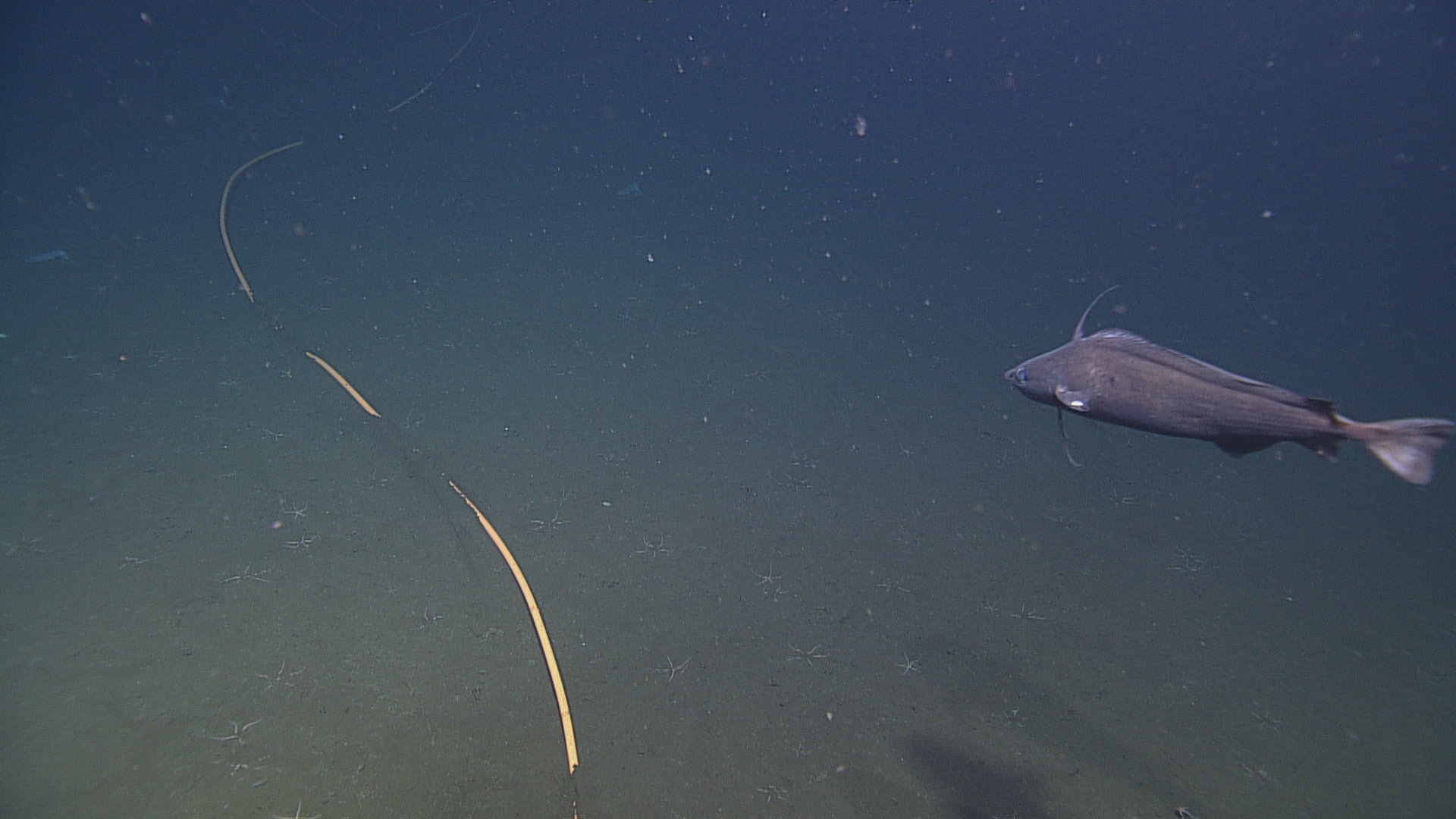


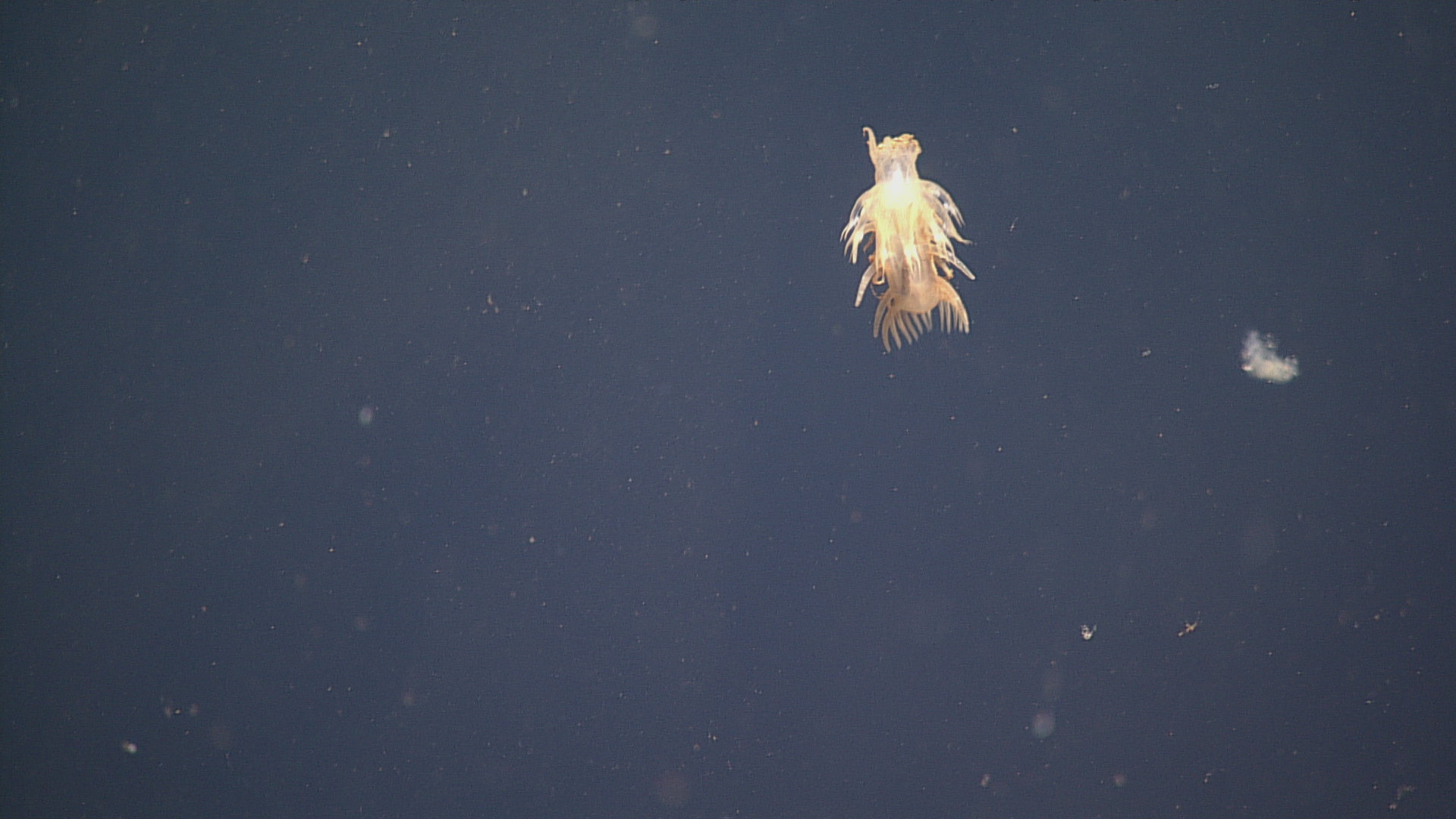





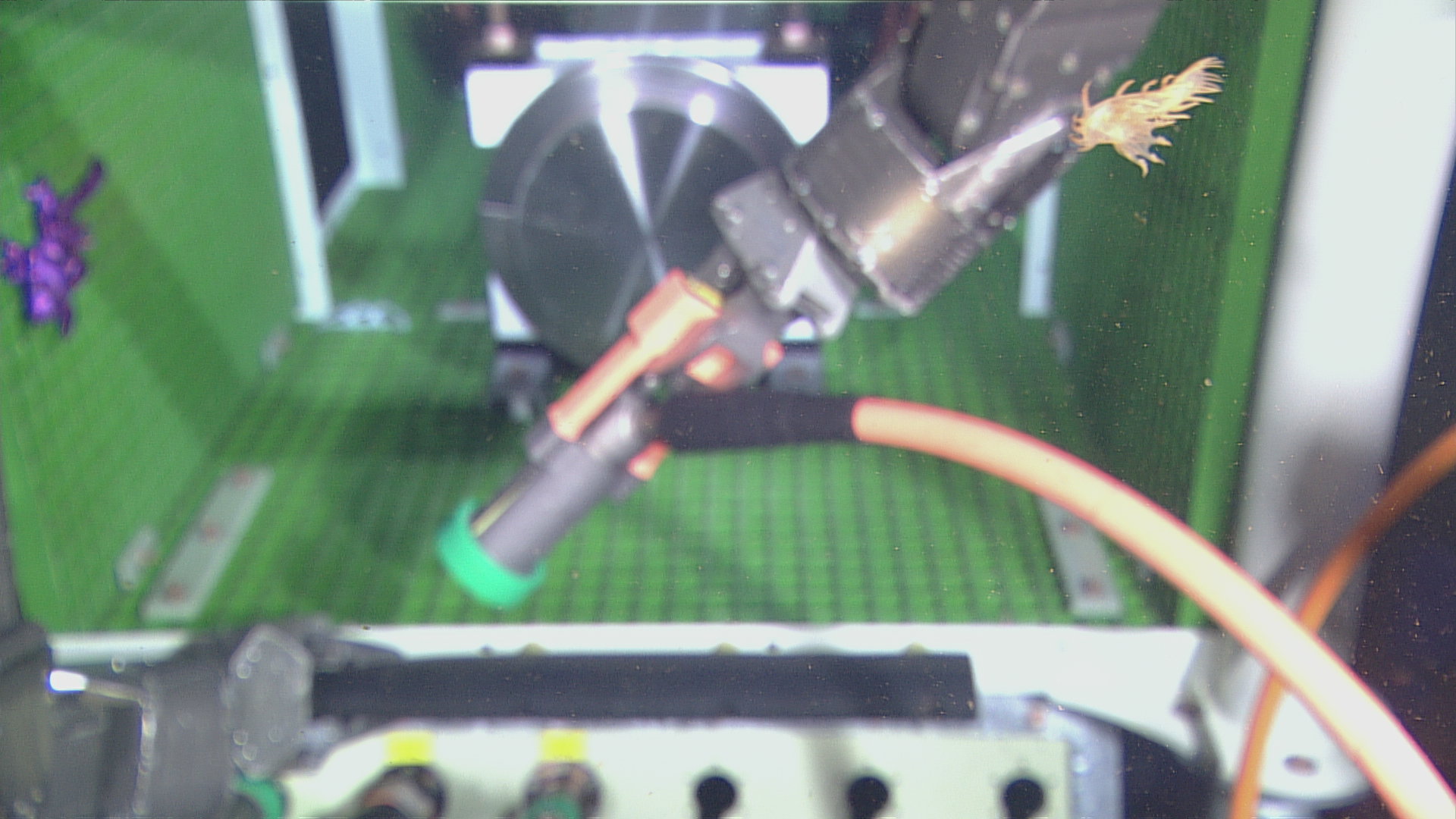





A Deepsea sole (Embassichthys bathybius) observed during the survey prior to laying cable RS01W9 at the Endurance Offshore site. Photo Credit: NSF-OOI/UW/CSSF, Dive R1743, V14

An octopus hanging out next to primary node PN3A at Axial Base, 2600 meters deep. Credit: UW/NSF-OOI/CSSF, ROPOS Dive R1742, V14.

An octopus hanging out near primary node PN3A at Axial Base, 2600 meters deep. Credit: UW/NSF-OOI/CSSF,ROPOS Dive 1742, V14.

A close up shot of a Peniagone sea cucumber and two ophiuroids (brittle stars) at Axial Base, 2600 m deep. Photo Credit: NSF-OOI/UW/CSSF, Dive 1742, V14

ROPOS collecting the dummy plugs and parking brakes from plugging infrastructure into primary node PN3B at Axial Caldera. A spider crab can be seen in the background. Photo Credit: NSF-OOI/UW/CSSF, Dive 1741, V14

A purple ctenophore seen near the bottom (2608 meters) at Axial Base site Photo Credit: NSF-OOI/UW/CSSF, Dive 1739, V14

A beautiful shot of a Rattail fish at 2564 meters depth at Axial Seamount. Credit: UW/NSF-OOI/CSSF, ROPOS Dive R1739, V14.

The connectors for the deep profiler mooring and wire AXVMW4, with a photobomb from a Peniagone sea cucumber. Photo Credit: NSF-OOI/UW/CSSF, Dive 1739, V14

Cable AXVMW3 and assorted invertebrates (pom pom anemone, Scotoplanes, Benthodytes, ophiuroids) during dive R1739 at Axial Base (2600 meters). Photo Credit: NSF-OOI/UW/CSSF, Dive R1739, V14

A bizarre sponge, Chondrocladia lampadiglobus, seen at Axial Base (2600m deep). First seen in 1960 in grainy black and white pictures, it was originally thought to be a Russian listening device by the US Navy, before it was eventually identified as an organism. Photo Credit: NSF-OOI/UW/CSSF, Dive 1739, V14

A spider crab encountered at the Axial Base site (2600m deep) during a cable survey. Photo Credit: NSF-OOI/UW/CSSF, Dive 1739, V14

A sea pen, a colonial marine cnidarian belonging to the order Pennatulacea, seen at the Axial Base site (2600m depth) during a cable survey. Photo Credit: NSF-OOI/UW/CSSF, Dive 1739, V14

A dumbo octopus (Grimpoteuthis) at the Axial Base site at 2600 m water depth. Identified by cephalopod experts Stephanie Bush (MBARI) and Mike Vecchione (Smithsonian) Credit: UW/NSF-OOI/CSSF, Dive R1739, V14.

A crinoid on a stalk at the Axial Base site, 2600m depth. Photo Credit: NSF-OOI/UW/CSSF, Dive 1739, V14

A Pacific Flatnose fish seen on arrival at the Axial Base site (2600m) during Dive R1739. Cable AXVMW3 is seen on the left. Photo Credit: NSF-OOI/UW/CSSF, Dive 1739, V14

A close-up picture of the skinny fish seen at 565m depth at the Axial Base site. It has been tentatively identified as Bathylychnops exilis or a Paralepidid by Brian Sidlauskas and Ben Frable (OSU) Photo Credit: NSF-OOI/UW/CSSF, Dive 1738, V14

A small cranchiid squid at the Axial Base site at 1318 m water depth. Tentatively identified as Taonius by cephalopod expert Stephanie Bush (MBARI). Credit: UW/NSF-OOI/CSSF, ROPOS Dive R1738, V14.

An orange Peniagone cucumber swimming past ROPOS during the AXVMW3 cable lay at Axial Base (2600m) Photo Credit: NSF-OOI/UW/CSSF, Dive 1738, V14

A large rattail swims beside LJ03A and LV03A at the Axial Base site (2600 meters deep). Photo Credit: NSF-OOI/UW/CSSF, Dive 1738, V14

A red siphonophore encountered during the descent to the Axial Base site, at 729 meters depth. Photo Credit: NSF-OOI/UW/CSSF, Dive 1738, V14

A skinny fish (either Bathylychnops exilis or a Paralepidid) seen during the ROPOS descent to the Axial Base site, at 565 meters. Photo Credit: NSF-OOI/UW/CSSF, Dive 1738, V14

A bunch of Peniagone taking flight during a ROCLS cable lay at the Axial Base site. Photo Credit: NSF-OOI/UW/CSSF, Dive 1737, V14

A Peniagone sea cucumber swam past ROPOS prior to laying AXVMW4 on the seafloor. Photo Credit: NSF-OOI/UW/CSSF, Dive 1737, V14

A swimming sea cucumber floating by ROPOS as it prepares to plug AXVMW4 into LV03A at Axial Base. Photo Credit: NSF-OOI/UW/CSSF, Dive 1737, V14

A closeup view of a dinner plate jelly seen at Axial Base during dive 1737. Photo Credit: NSF-OOI/UW/CSSF, Dive 1737, V14

A large purple Benthodytes (?) cucumber seen at Axial Base site during a cable lay transect. Photo Credit: NSF-OOI/UW/CSSF, Dive 1736, V14

A large white sea star encountered during a cable laying survey at Axial Base. Photo Credit: NSF-OOI/UW/CSSF, Dive 1736, V14

A soft-bodied echinothuriid sea urchin (in upper right) encountered during the cable lay survey at Axial Base. Photo Credit: NSF-OOI/UW/CSSF, Dive 1736, V14
- Anemone
- Animal
- Arthropod
- ASHES
- Axial
- Axial Base
- Axial Biology
- Axial Caldera
- Bacteria
- Basalt Lava
- BEP
- Biofouling
- biolgoy
- Biology
- Camds
- Camera
- Camhd
- Central Caldera
- Ciliates
- Cnidaria
- Coastal Biology
- Crab
- Deep Profiler Mooring
- Dive Highlights
- Eastern Caldera
- Echinoderms
- Endurance Array
- Engineering Team
- ENLIGHTEN 10
- Exploratorium
- Fish
- Geology
- HD Camera
- HPIES
- Hydrate Ridge
- Hydrates
- Hydrophone
- Hydrothermal Vents
- Illustration
- Inshore 80 Meters
- Instrument
- International District
- J-BOX
- Jason
- Jellyfish
- Junction Box
- K12
- Lava
- Mollusk
- Moorings
- Nodes
- Nudibranch
- Octopus
- OOI
- Oregon Offshore
- Oregon Offshore 600 m
- Oregon Shelf
- Oregon Slope Base
- People
- PN1B
- PN1D
- Polychaetes
- PPSDN
- Primary Node
- RASFL
- ROCLS
- ROPOS
- ROPOS Dives
- ROV Team
- RV Revelle
- RV Sikuliaq
- RV Thompson
- Salp
- Sample
- SC13
- Science Team
- Sea Cucumber
- Sea Star
- Sea Urchin
- Seafloor
- Seismometer
- Sensors
- Shallow Profiler Mooring
- Shark
- Shipboard
- Shore Station
- Slope Base
- Smoker
- Soft Coral
- Southern Hydrate Ridge
- Sponge
- Squid
- Students
- Students & Guest Participants
- Tmpsf
- Tubeworms
- VISIONS 11 Leg 1
- VISIONS 11 Leg 2
- VISIONS 11 Viewers
- VISIONS 13
- VISIONS 14
- VISIONS 15
- VISIONS 16
- VISIONS 17
- VISIONS 18
- VISIONS 20
- VISIONS 22
- VISIONS 23
- Visualization
